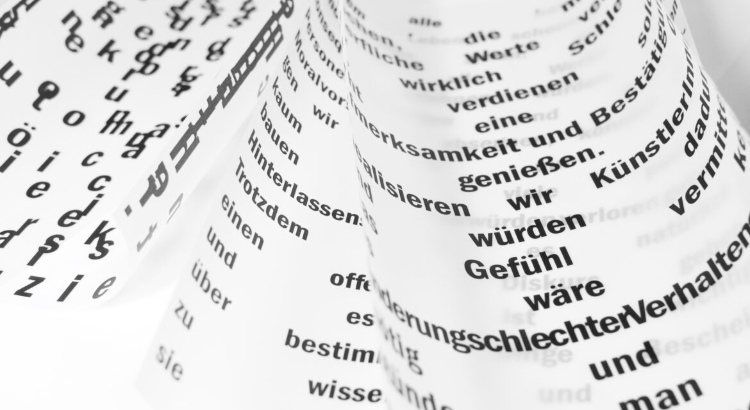Understanding Machine Translation and Post-Editing: A Simple Guide
Today, businesses around the world use technology to connect with global audiences. Translation is key to this process, as it helps people understand and share ideas, products, and services without language barriers. Both machine translation and post-editing services make this possible—each method has unique benefits and challenges.
This guide will compare machine translation with post-editing, showing how each one works, their pros and cons, and when your business should use them. If you need help with accurate, cost-effective translation services, reliable text translation services are always within reach.
Why Translate Your Content?
Translating your content helps your business reach new audiences and operate worldwide. It allows you to:
- Expand your customer base
- Build trust with international clients
- Share important information across languages
- Meet legal and compliance needs in different countries
Common content types for translation include:
- Websites
- Product brochures
- Marketing materials
- Business documents
- Video subtitles
What Is Machine Translation?
Machine translation uses computer software to convert text from one language to another instantly. Popular tools include Google Translate, DeepL, and Bing Translate.
Machine translation is fast, widely used, and available for many languages. It works by analyzing large amounts of text and using algorithms to predict the best translations.
Leading Benefits of Machine Translation
- Speed: Machines can translate large documents in seconds.
- Accessibility: Many services are free or low-cost and easy to use.
- Time-saving: Quick translations mean you can share information fast.
- Cost-effective: No need to pay for a professional human translator for basic content.
Common Drawbacks of Machine Translation
- Quality issues: Machines may misunderstand context or make mistakes with slang and complex sentences.
- Flat tone: Translations often feel robotic or unnatural.
- Limited accuracy: Hard-to-translate topics, such as legal or creative writing, may be incorrect or confusing.
How Does Machine Translation Compare to Human Translation?
Unlike machines, human translators understand culture, idioms, and context. They can:
- Capture the meaning, not just the words
- Adjust tone and style for different audiences
- Spot and fix errors in the source text
While human translation is slower and more expensive, it ensures accuracy and a natural feel. For critical business communication, this is often essential.
What Is Machine Translation Post-Editing?
Machine translation post-editing (MTPE) is a mix of both worlds. This two-step process starts with machine translation. Then, a skilled human editor reviews and corrects the output.
The human touch in MTPE fixes errors and adjusts the translation for local languages, cultures, and any special requirements.
How Does the Process Work?
- Machine generates the first draft translation.
- Human editor checks the translation for:
- Grammar and spelling errors
- Incorrect meanings
- Tone, style, and flow
This hybrid approach combines speed with accuracy, giving better results than using only machines.
Advantages of Machine Translation Post-Editing
- Higher accuracy: Both software and human review reduces mistakes (see studies from 2016).
- Consistent style: Post-editors can match your brand’s voice and industry standards.
- Faster than human translation: Reviewing machine output takes less time than translating from scratch.
- Better localization: Editors ensure that content sounds natural in the target language.
Disadvantages of Post-Editing MT Output
- Cost: Involves both machine and human effort, so it is pricier than machine translation.
- Slower than machines alone: The editing step takes extra time.
- Machine errors linger: If the original machine translation is poor, even editing may not fix all problems.
When to Choose Machine Translation or Post-Editing?
Use Machine Translation When:
- Speed is your main concern
- Accuracy is less important (for internal drafts or quick updates)
- Translating basic information or content for personal use
Use Machine Translation Post-Editing When:
- Publishing content on your website or social media platforms
- Dealing with legal, medical, or technical documents
- Communicating with clients and partners in other countries
- Ensuring consistent tone and accuracy is vital
- You want the best balance between speed and quality
Consider Full Human Translation When:
- Content is creative, legal, or highly specialized
- Localization and cultural relevance are top priorities
- Reputation and brand image depend on perfect communication
Impact on Foreign Language Students
Studies show foreign language learners improve their skills by post-editing machine translations (2020). They learn by spotting machine errors, understanding tone, and correcting grammar (study).
Can Locals Identify Machine-Translated Content?
Yes, native speakers often notice:
- Unusual grammar or word choices
- Stiff or awkward sentences
- Literal translations that miss cultural meaning
More advanced detection uses software to analyze the source and translation for typical errors, but careful post-editing makes these issues less common (2021).
Transcreation: When More Than Translation Is Needed
Transcreation is adapting content creatively for a new language and market—think of ads, slogans, or campaigns. This job often needs skilled human translators. Machine translation and post-editing may help, but for creative or branding messages, specialized help is best.
Choosing the Right Service for Your Business
To decide which translation method works best, ask:
- Who is your target audience?
- What level of accuracy do you need?
- How quickly do you need the translation?
- What is your budget?
Consider trying AI transcription subscription or audio translation services for unique needs.
Conclusion
Both machine translation and post-editing help businesses break language barriers. Machine translation offers speed and savings, while post-editing adds accuracy and cultural relevance. For reaching global audiences, post-editing is often the smarter choice—especially for published or business-critical content.
GoTranscript provides comprehensive solutions for every translation need, from text translation to proofreading, and captioning. Explore affordable pricing and order translation services today to support your business’s growth worldwide.



















 Verified Order
Verified Order